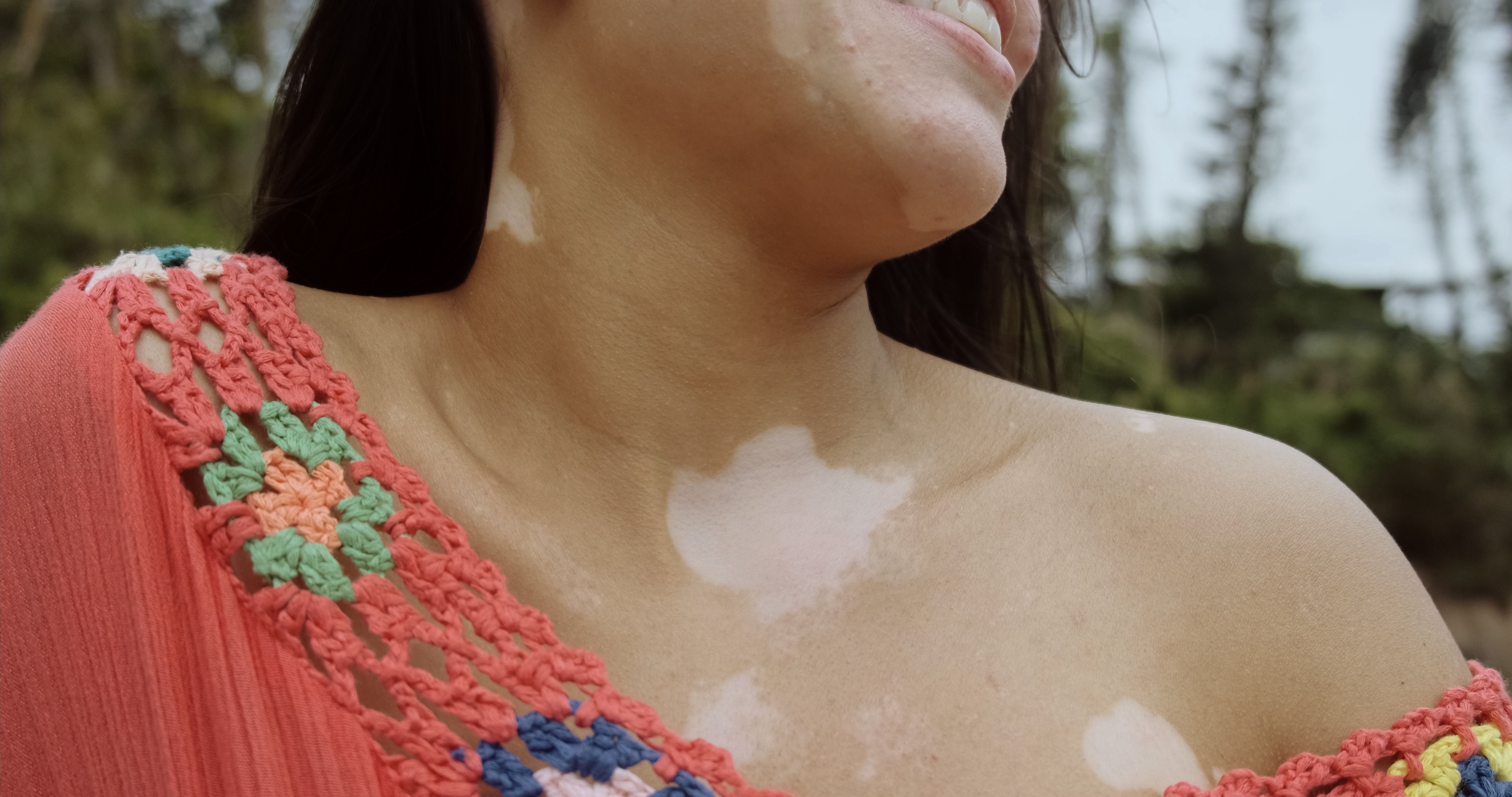- Acne
- Actinic Keratosis
- Aesthetics
- Alopecia
- Atopic Dermatitis
- Buy-and-Bill
- COVID-19
- Case-Based Roundtable
- Chronic Hand Eczema
- Chronic Spontaneous Urticaria
- Drug Watch
- Eczema
- General Dermatology
- Hidradenitis Suppurativa
- Melasma
- NP and PA
- Pediatric Dermatology
- Pigmentary Disorders
- Practice Management
- Precision Medicine and Biologics
- Prurigo Nodularis
- Psoriasis
- Psoriatic Arthritis
- Rare Disease
- Rosacea
- Skin Cancer
- Vitiligo
- Wound Care
News
Article
Combination Compound Glycyrrhizin Tablets, Excimer Laser Efficacious in Vitiligo
Author(s):
A systematic review found that combination therapy proved more efficacious in treating patients with vitiligo as opposed to the excimer laser alone.
In a recent systematic review,1 researchers found that when combined with 308 nm excimer laser therapy, the addition of compound glycyrrhizin tablets led to greater treatment efficacy than the excimer laser alone.
Brastock Images/AdobeStock

According to Huang et al, despite the common use of the 308 nm excimer laser in vitiligo treatment, it possesses limited clinical efficacy. Researchers sought to determine and examine the clinical efficacy of compound glycyrrhizin in combination with the use of an excimer laser through an examination of previous clinical literature, noting that at the time of publication, there has not been a systematic review examining this treatment relationship.
Using electronic databases such as the China National Knowledge Infrastructure, Chinese Biomedical Literature Database, Chinese Scientific Journal Database, Cochrane Library, Pub Med, and Wan Fang Database, researchers searched for articles and studies published through August 30, 2022. Relevant search terms included “compound glycyrrhizin,” “glycyrrhizin,” “laser,” “the 308 nm excimer laser,” and “vitiligo.”
Articles were expected to involve randomized controlled trials, participants with a clinical vitiligo diagnosis, and the presence of both a test and control group in order to be eligible for review. The test group was required to involve combination therapy and include a detailed description of dosage, usage, and frequency of treatment. Studies were evaluated independently, and once selected, researchers extracted relevant data, including author, intervention, outcome measures, publication year, and sample size.
All studies were examined for mention of the treatment’s clinical effectiveness, adverse events, and skin recovery of vitiligo. Skin recovery of vitiligo was segmented into 4 grades of efficacy:
- Ineffective: Depigmented lesions have either not subsided or subsided by less than 10%
- Efficiency: Depigmented lesions possess a normal skin tone and have a skin area ranging from 10% to 50%
- High efficiency: Depigmented lesions have returned to a patient’s normal skin tone and have a skin area of equal to or greater than 50%
- Cure: Full or essential recovery of depigmented lesions
Of the 65 articles initially included in the study, only 9 were included in the meta-analysis due to the presence of duplicate, incompatible, or non-obtainable articles. Of these 9 studies, 1,502 patients with vitiligo were represented, with 753 participants comprising the test group and 749 participants making up the control group.
Regarding clinical efficacy, the meta-analysis revealed that heterogeneity was minimal, and clinical efficacy was greater among the test group than the control group. Furthermore, of the 8 studies involving an analysis of adverse effects, heterogeneity was minimal, and there was no significant difference among test and control group participants. The study, however, did not examine the efficacy of compound glycyrrhizin tablets and the excimer laser separately, leaving researchers unable to definitively describe the adverse effects associated with each individual treatment.
Potential study limitations included a small sample size, lack of single and double- binding indication for each trial, and varied levels of severity and course of disease among patients.
“Compound glycyrrhizin tablets combined with the 308 nm excimer laser have higher efficacy in curing vitiligo than the 308 nm excimer laser alone, a finding worthy of clinical application,” according to Huang et al. “In the acute stage of vitiligo, treatment with compound glycyrrhizin tablets combined with the 308 nm excimer laser can provide significant effects in a relatively short time.”
Reference
- Huang F, Fu Q, Zhou Z, et al. Compound glycyrrhizin tablets combined with the 308 nm excimer laser in the treatment of vitiligo: A systematic review and meta‐analysis. J Cos Dermatol. doi:10.1111/jocd.15877
Newsletter
Like what you’re reading? Subscribe to Dermatology Times for weekly updates on therapies, innovations, and real-world practice tips.











